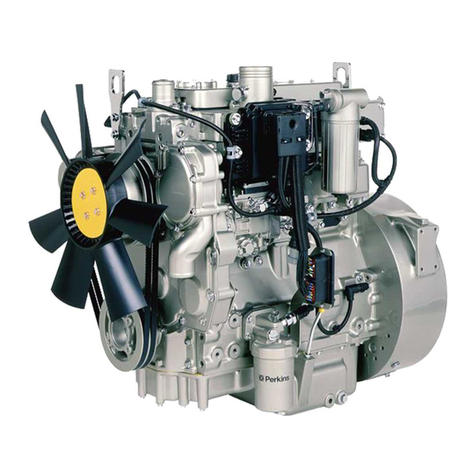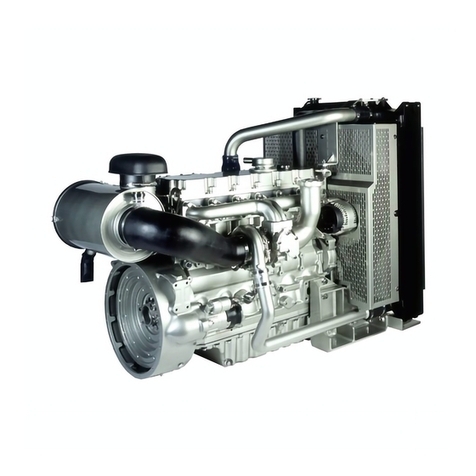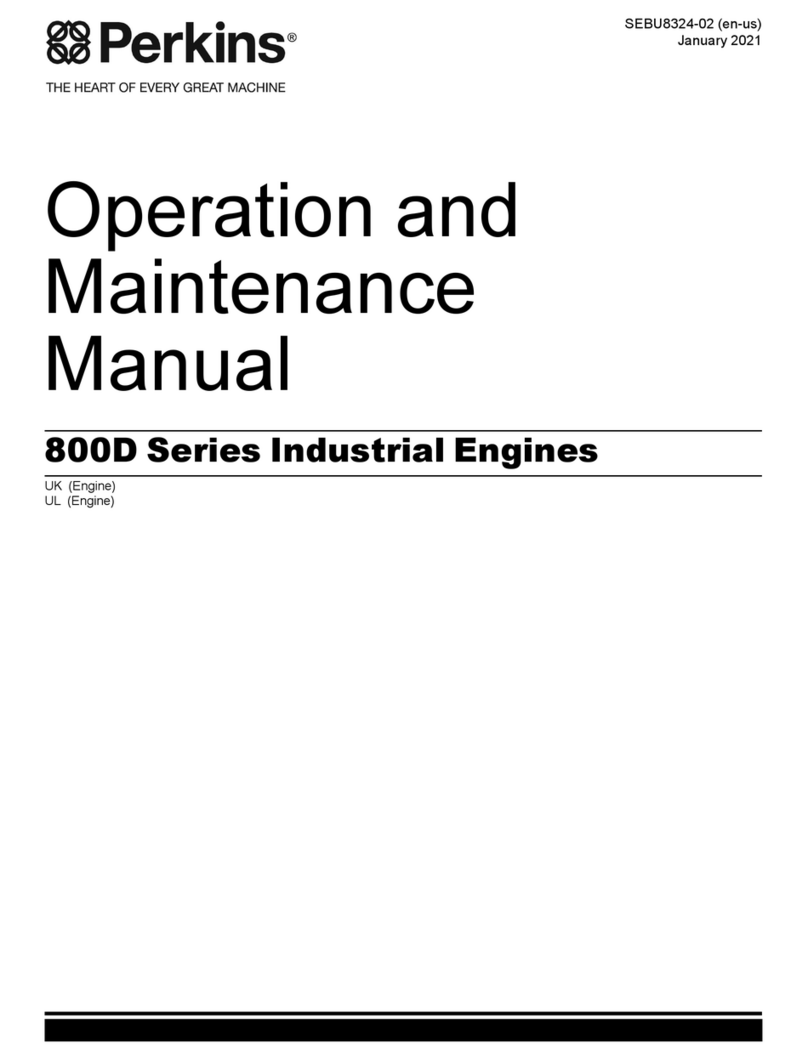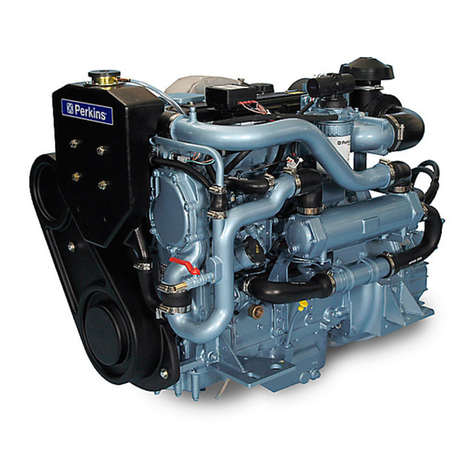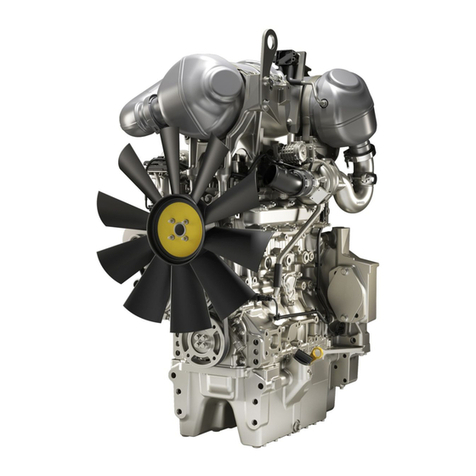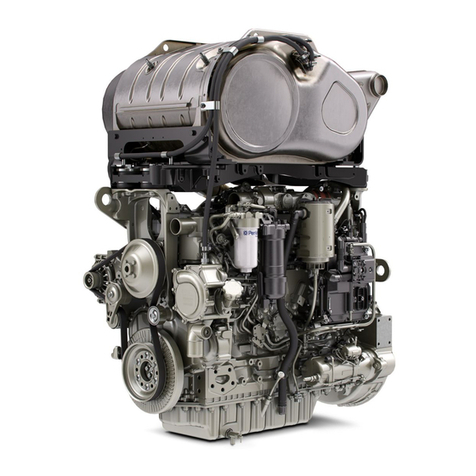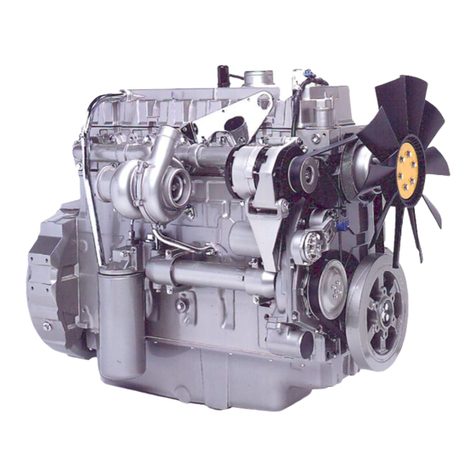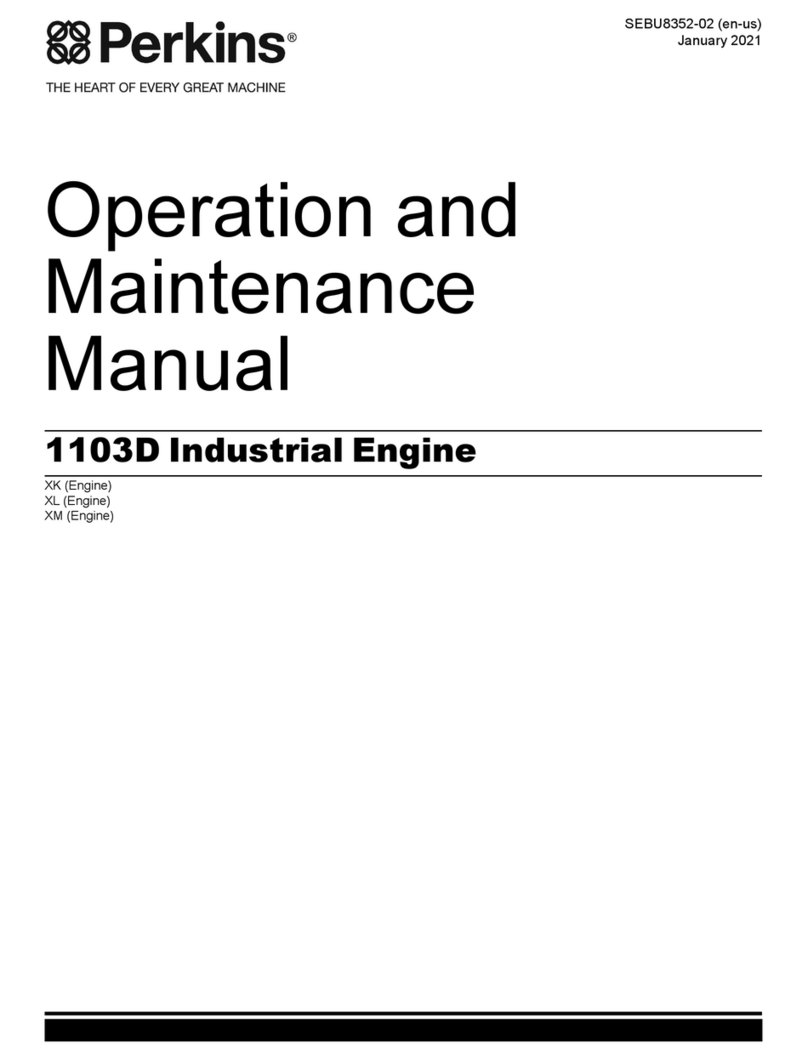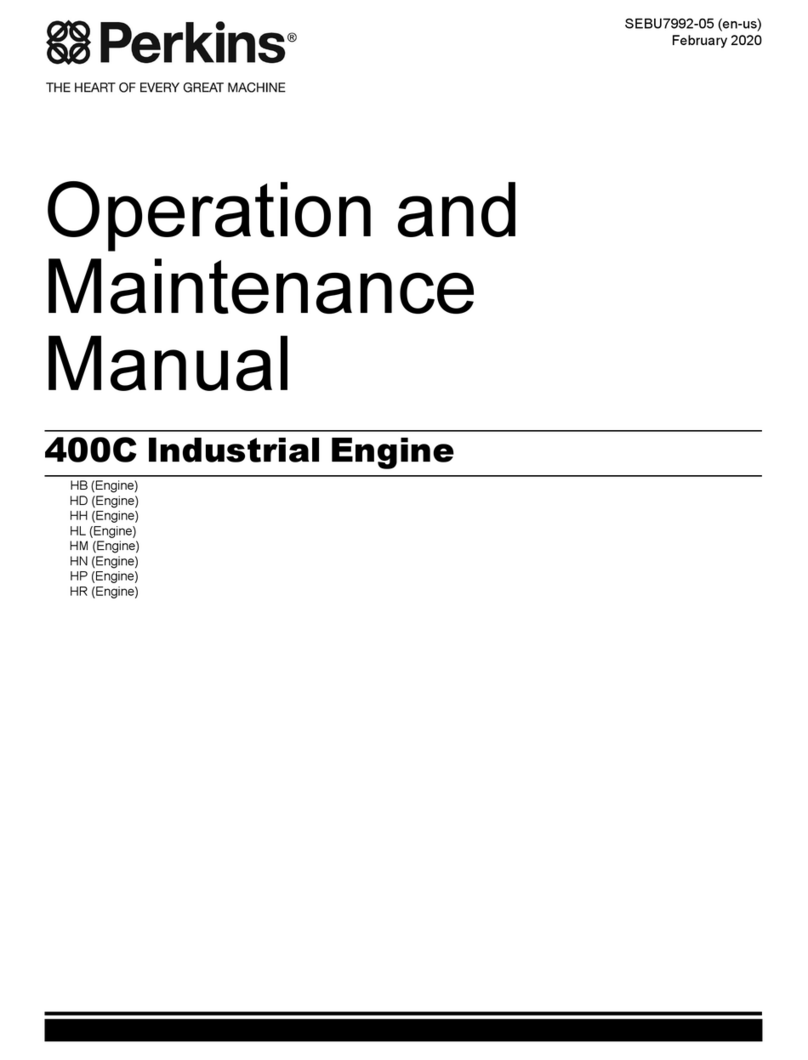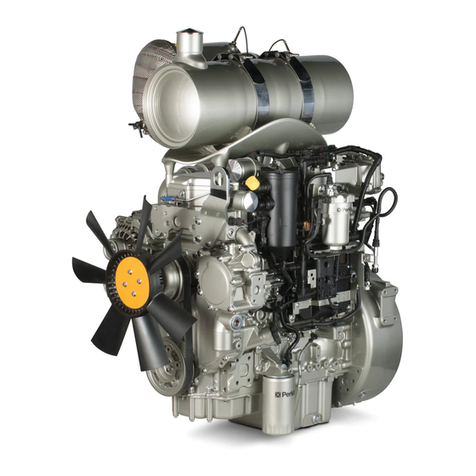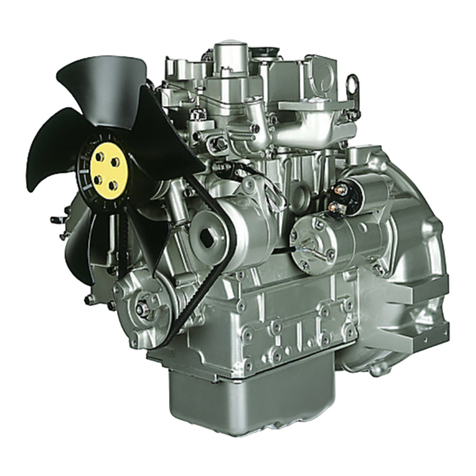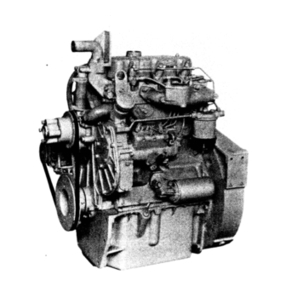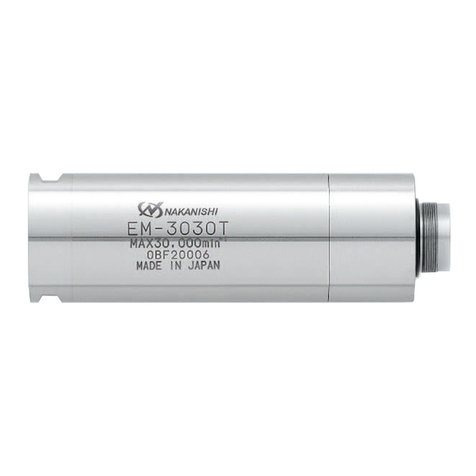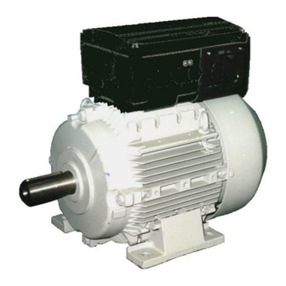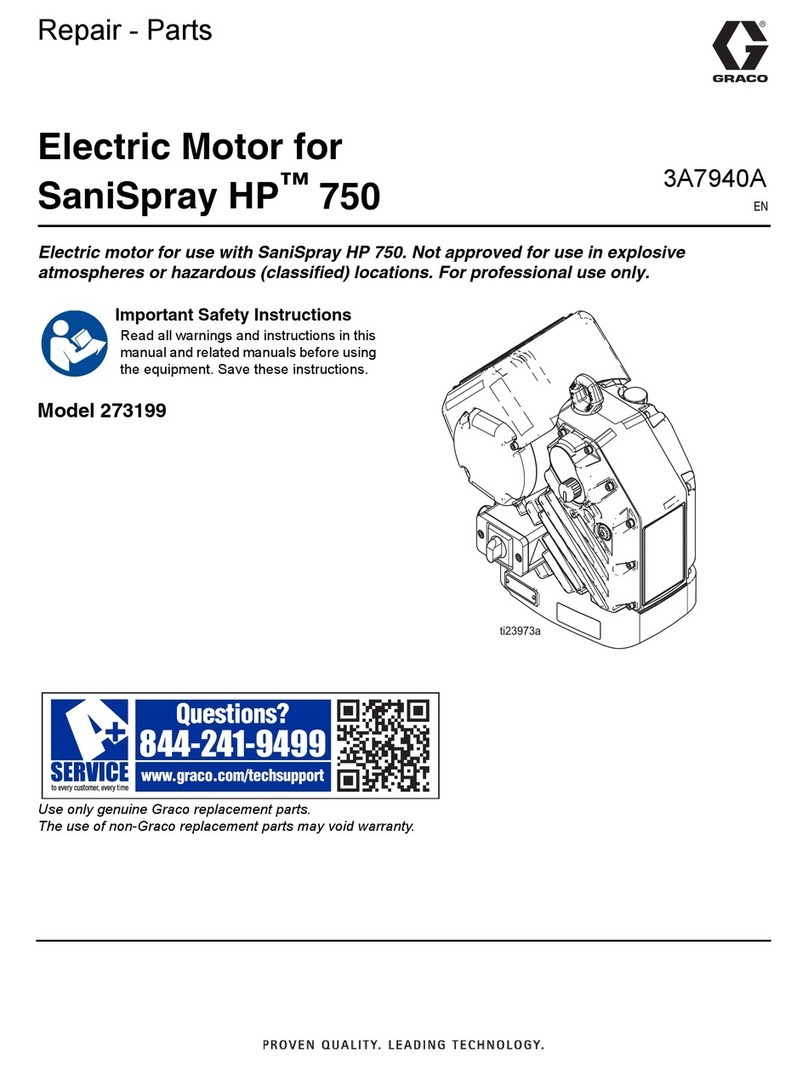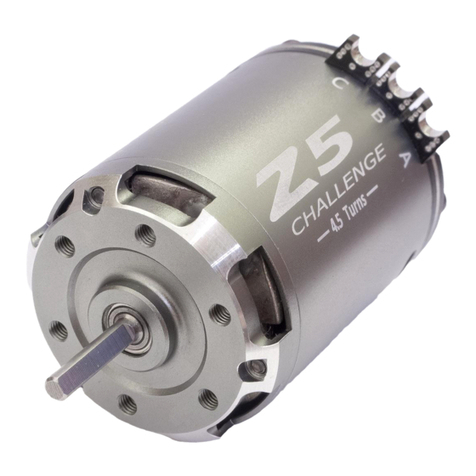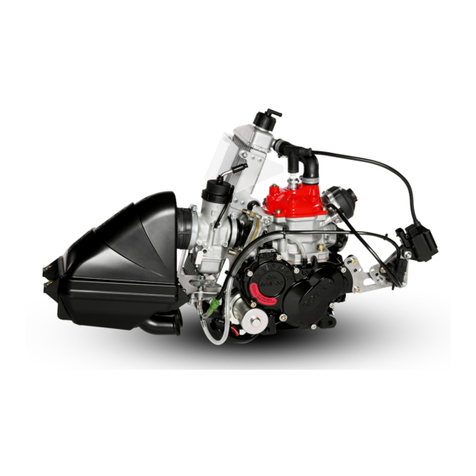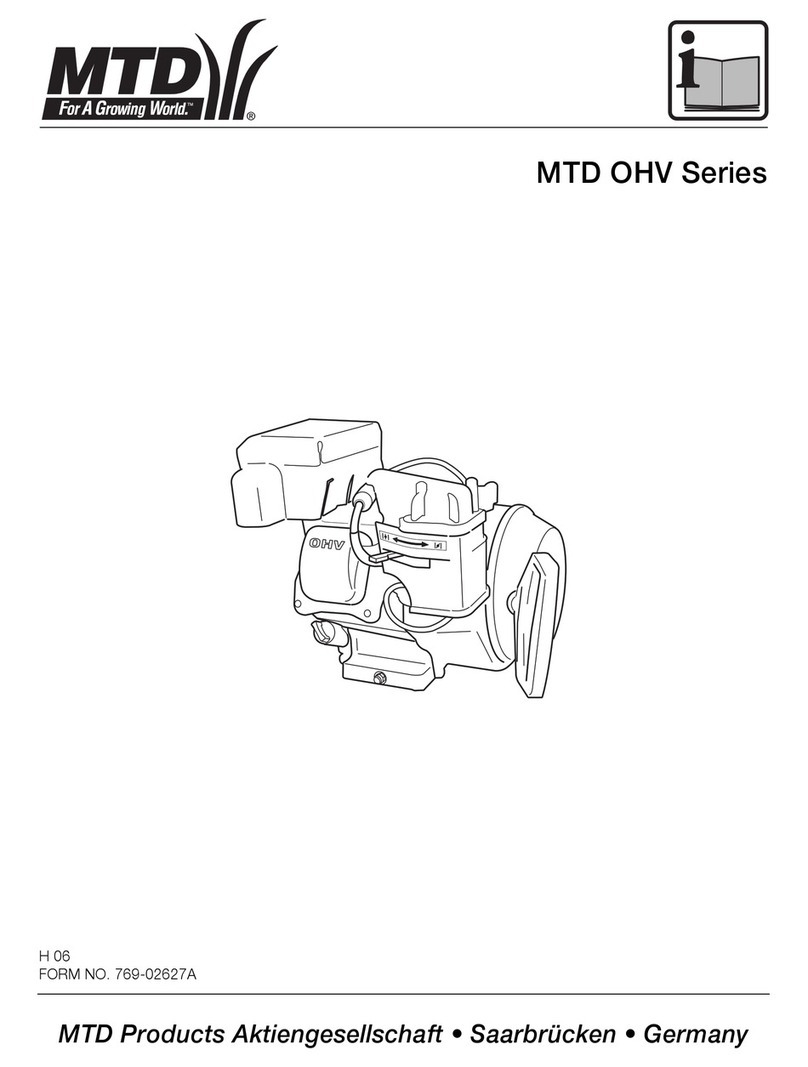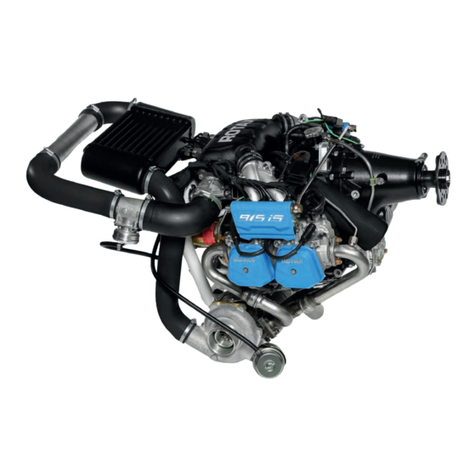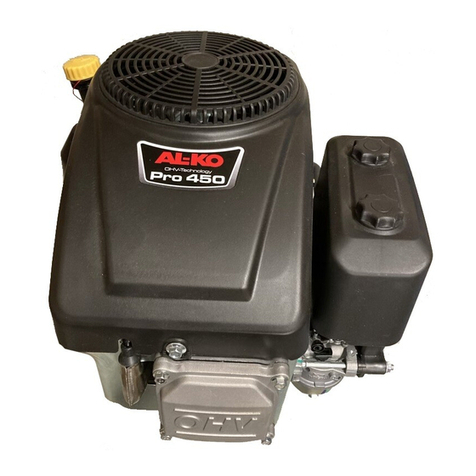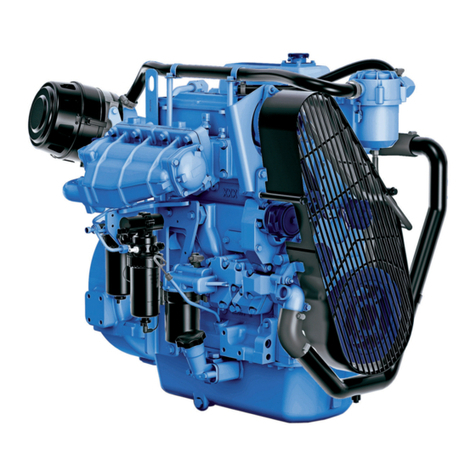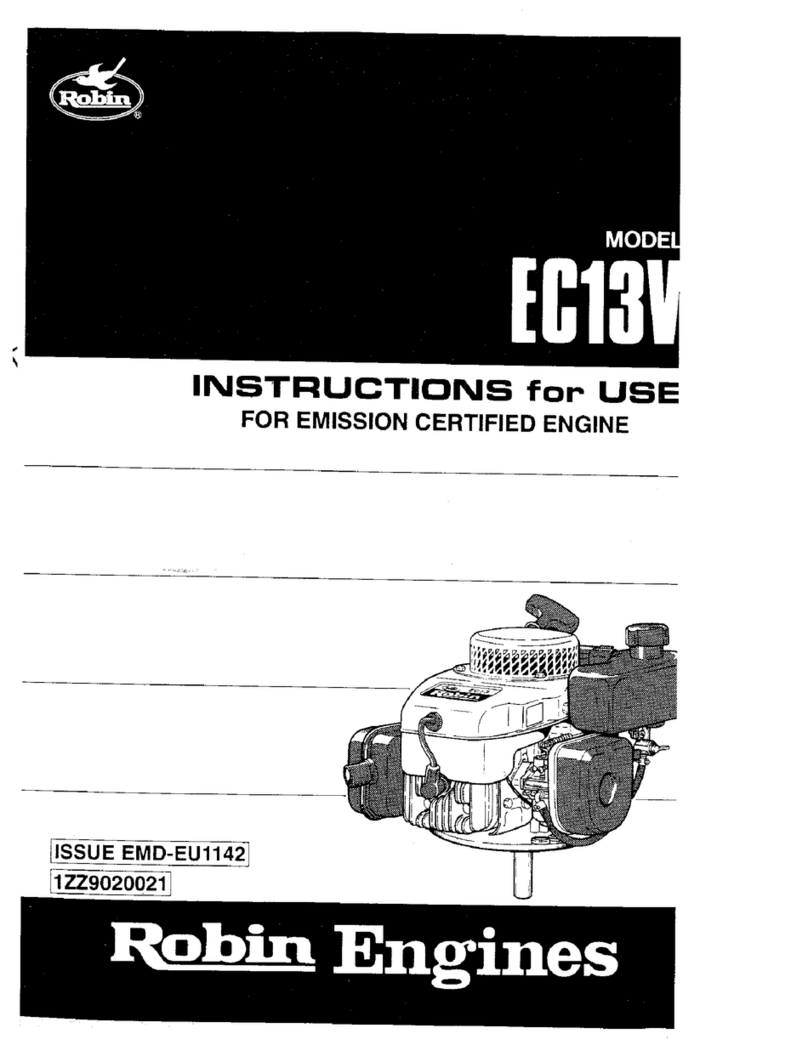
“Total Max Fuel”is the maximum amount of fuel that
could have been consumed by the engine during
operation.
“Engine Starts”is the total number of times when the
engine has been started.
“Lifetime Total Engine Revolutions”is the total
number of revolutions that have been completed by
the engine crankshaft.
“Average Load Factor”provides relative engine
operating information. “Average Load Factor”
compares actual operating information of the engine
to the maximum engine operation that is available.
“Average Load Factor”is determined by using “Total
Max Fuel”,“Total Idle Fuel”and “Total Fuel”. All of
these parameters are available with the electronic
service tool. These parameters are available within
the menu for “Current Totals”.
Programmable Parameters
Certain parameters that affect engine operation may
be changed with the electronic service tool. The
parameters are stored in the ECM, and the
parameters are protected from unauthorized changes
by passwords. These parameters are either system
configuration parameters or customer parameters.
System configuration parameters are set at the
factory. System configuration parameters affect
emissions or power ratings within an engine family.
Factory passwords must be obtained and factory
passwords must be used to change the system
configuration parameters.
Customer parameters are variable. Customer
parameters can be used to adjust the following
characteristics of the engine within preset limits:
• Rpm ratings
• Power ratings
Customer passwords may be required to change
customer specified parameters.
Some of the parameters may affect engine operation
in an unusual way. An operator might not expect this
type of effect. Without adequate training, these
parameters may lead to power complaints or
performance complaints even though the
performance of the engine is to the specification.
Refer to Troubleshooting, “Configuration Parameters”
for additional information on this subject.
Passwords
System configuration parameters are protected by
factory passwords. Factory passwords are calculated
on a computer system that is available only to Perkins
dealers and distributors. Since factory passwords
contain alphabetic characters, only the electronic
service tool may change system configuration
parameters. System configuration parameters affect
the power rating family or emissions.
Customer parameters can be protected by customer
passwords. The customer passwords are
programmed by the customer. Factory passwords
can be used to change customer passwords if
customer passwords are lost.
Refer to Troubleshooting, “Factory Passwords” for
additional information on this subject.
i05221758
Glossary
Active Diagnostic Code – An active diagnostic code
alerts the operator or the service technician that an
electronic system malfunction is currently present.
Refer to the term “Diagnostic Code”in this glossary.
Alternating Current (AC) – Alternating current is an
electric current that reverses direction at a regular
interval that is reoccurring.
Before Top Center (BTC) – BTC is the 180 degrees
of crankshaft rotation before the piston reaches the
top center position in the normal direction of rotation.
Breakout Harness – A breakout harness is a test
harness that is designed to connect into the engine
harness. This connection allows a normal circuit
operation and the connection simultaneously
provides a Breakout T in order to measure the
signals.
Bypass Circuit – A bypass circuit is a circuit that is
used as a substitute circuit for an existing circuit. A
bypass circuit is typically used as a test circuit.
CAN Data Links (see also J1939 CAN Data Link) –
The CAN Data Links are serial communications
buses that are used for communication with other
microprocessor-based devices.
Code – Refer to “Diagnostic Trouble Code”.
Communication Adapter Tool – The communication
adapter provides a communication link between the
ECM and the electronic service tool.
Coolant Temperature Sensor – The coolant
temperature sensor detects the engine coolant
temperature for all normal operating conditions and
for engine monitoring.
Data Link – The data link is a serial communication
bus that is used for communication with other devices
such as the electronic service tool.
Derate – Certain engine conditions will generate
event codes. Also, engine may be derated. The map
for the engine derate is programmed into the ECM
software. The type of derate can be one or more of
three types: reduction of rated power, reduction of
rated engine speed and reduction of rated machine
speed for OEM products.
Desired Engine Speed – The desired engine speed
is input to the electronic governor within the ECM.
The electronic governor uses the throttle position
sensor signal, the engine speed/timing sensor, and
UENR0678 9
Electronic Troubleshooting
Find manuals at http://best-manuals.com/search?&s=PER-1106
